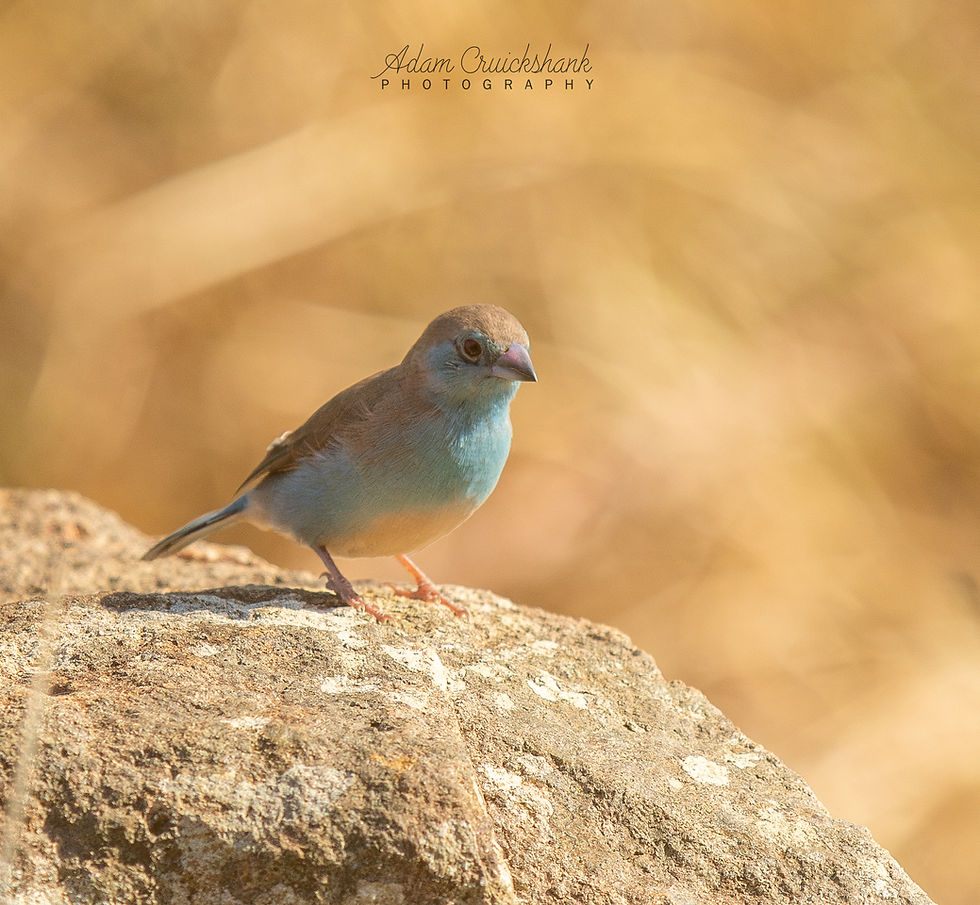How to identify Little and White-rumped Swift
- Adam Cruickshank

- Aug 27, 2024
- 1 min read
For newer birders, swifts can be a tricky group of birds to identify. On many bird walks I have led, people have asked me to help identify different swift species. In this short article, I will give you two simple ways to distinguish between the Little Swift and the White-rumped Swift.
There are three swift species in the Southern African region with a white rump (the rump is the section just above the tail of the bird):
Little Swift
Horus Swift
White-rumped Swift
Other species that may be added to the list include Böhm's Spinetail and Mottled Spinetail.
For this article, I am going to help you distinguish between the region's two most widespread swift species. Thank you to Trevor Hardaker for supplying the photos for this article—we always appreciate your support!
Little Swift



2. White-Rumped Swift



So to separate Little from White-rumped Swift:
Take note of the shape of the tail - Little has a square tail, White-rumped has a deeply forked tail
Take note of the white on the rump - Little has a broad white rump that wraps around the flanks of the bird, White-rumped has a narrow, white 'U' shape on the rump.
We hope that this helps identify these two species. Let us know if there are any other species that you would like us to help separate in future articles.


